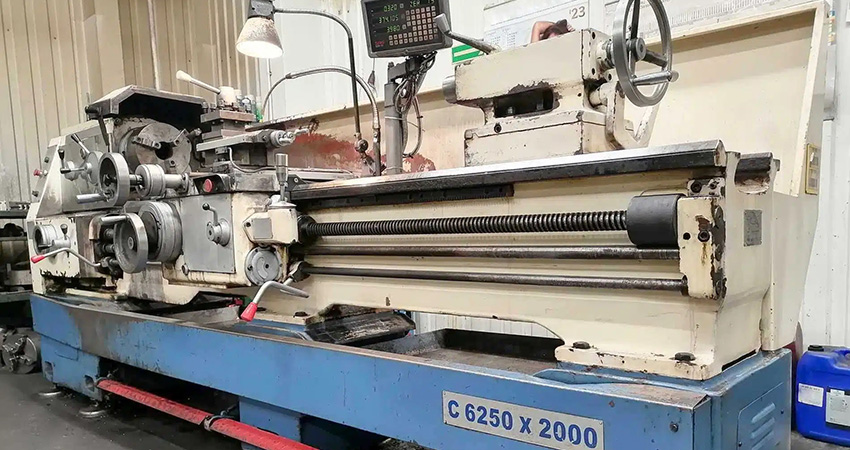Company Location
Auto Nagar, E-Block, Plot No - 64,
Gajuwaka, Visakhapatnam

Conventional turning, also known as manual turning or traditional lathe turning, is a machining process used to shape cylindrical workpieces by rotating them against a stationary cutting tool. Unlike CNC turning, which utilizes computerized controls to automate the machining process, conventional turning relies on the skill and expertise of the operator to manually control the cutting tool and produce the desired shapes and dimensions.
Experience the artistry of traditional craftsmanship combined with modern precision with Sri Renuka Yellamma Engineering Pvt. Ltd's conventional turning services. With our expertise, state-of-the-art equipment, and commitment to excellence, we deliver precision-engineered components that meet the highest standards of quality and performance.
Setup: The workpiece, typically made of metal, plastic, or wood, is mounted between the lathe's headstock and tailstock centers or in a chuck. The workpiece is rotated by the lathe's spindle while the cutting tool remains stationary.
Tool Selection and Positioning: The operator selects the appropriate cutting tool based on the material and dimensions of the workpiece. The cutting tool, which may be made of high-speed steel or carbide, is clamped into a tool holder and positioned at the desired angle and height relative to the rotating workpiece.
Cutting Operation: The operator manually feeds the cutting tool into the rotating workpiece, removing material to form the desired shape. The cutting tool may move along the length of the workpiece (longitudinal turning) or across its diameter (facing or turning).
Control of Cutting Parameters: The operator controls the cutting parameters such as cutting speed, feed rate, and depth of cut based on the material being machined, the desired surface finish, and the size of the workpiece.
Finishing Operations: After the rough machining is complete, the operator may perform additional operations such as facing, grooving, threading, or knurling to achieve the final dimensions and surface finish of the part.